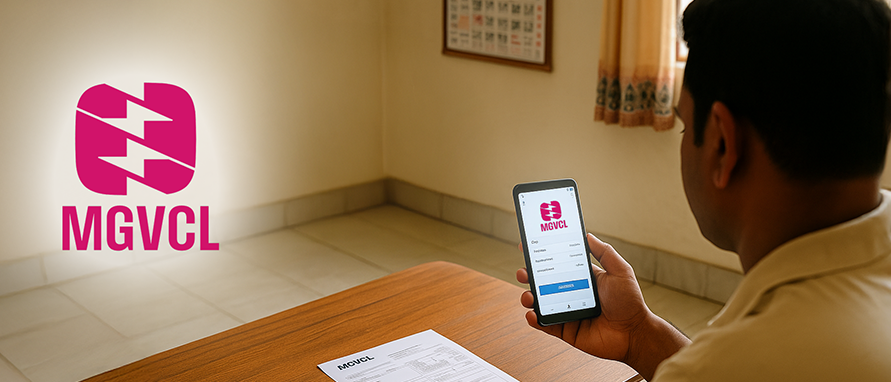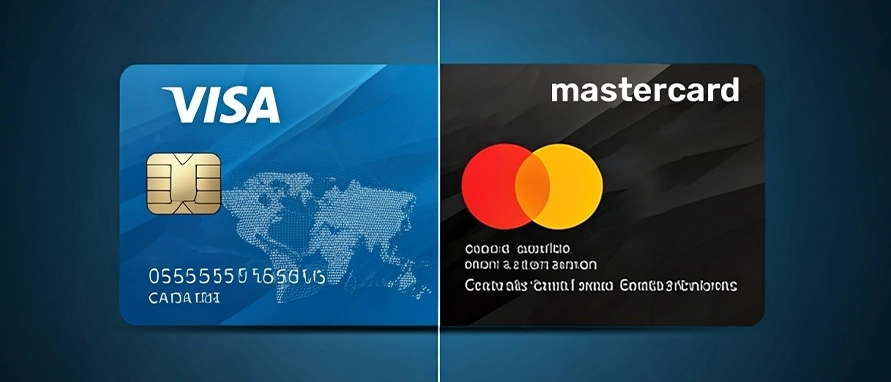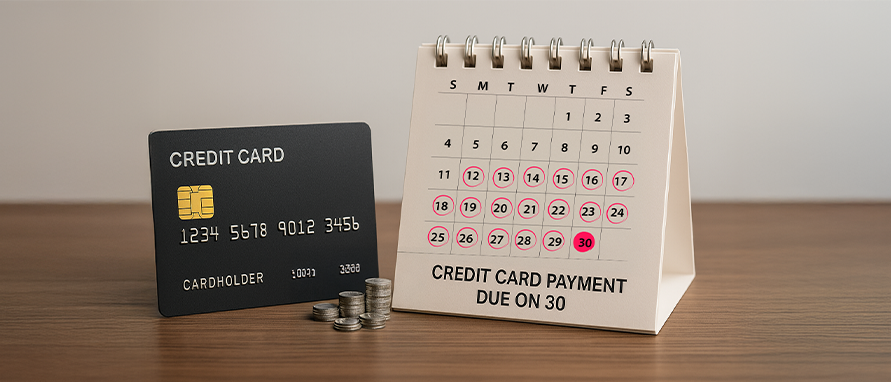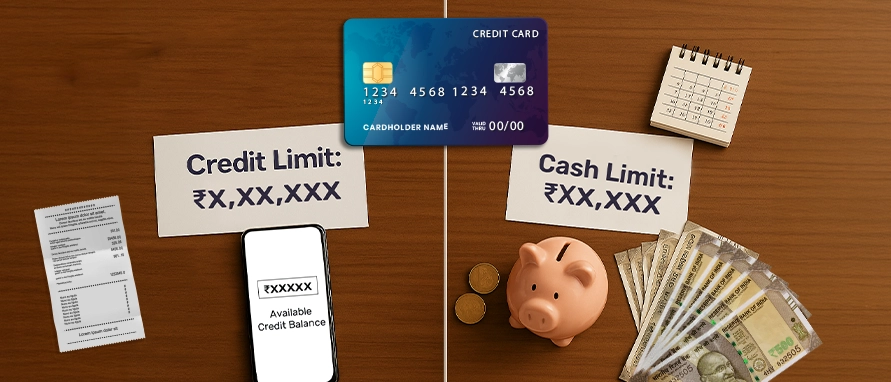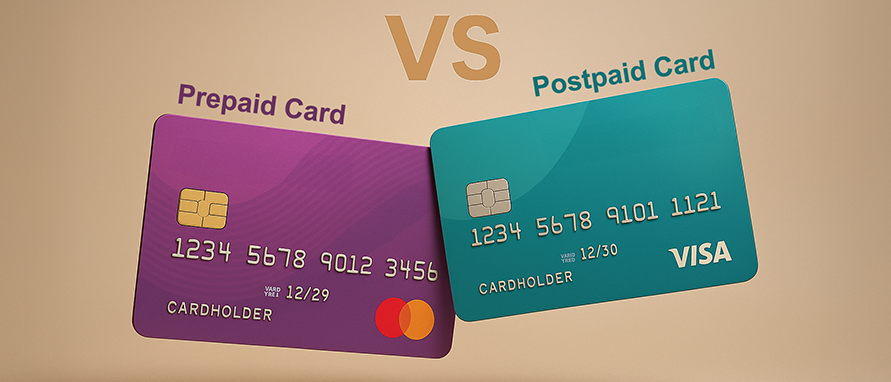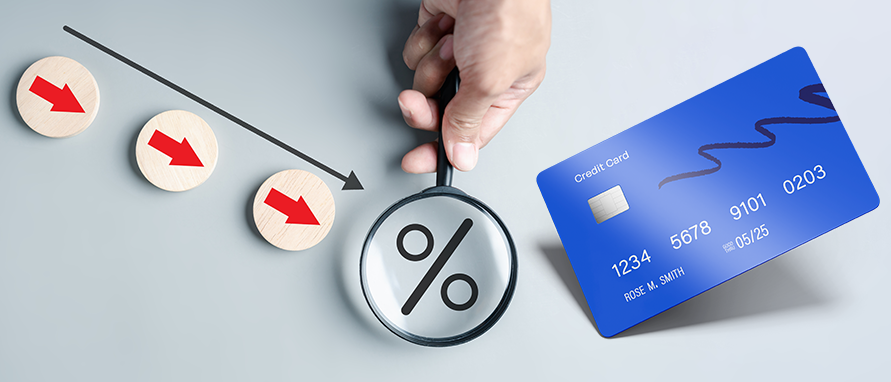What is Credit Utilisation Ratio and Why It Matters
Overview
Credit utilisation ratio plays a major role in determining your credit score. It reflects how much of your total available credit you are using at any point in time.
When this ratio is high, it may indicate financial strain or overdependence on borrowed funds. This often lowers your credit score and signals risk to lenders. A low credit utilisation ratio, ideally below 30%, suggests responsible borrowing habits and can improve your chances of securing future credit.
Keeping your usage low shows discipline in managing your debt and helps build long-term financial stability.
Understanding Credit Utilisation Ratio
The credit utilisation ratio is calculated by dividing your outstanding credit card balances by your total credit card limit and then multiplying the result by 100.
For example, if your combined card limit is ₹1,00,000 and you’ve used ₹30,000, your utilisation is 30%. Lenders and credit bureaus view lower utilisation as a sign of sound financial behaviour.
Maintaining a ratio under 30% is widely considered healthy. However, staying under 20% is even better if you’re planning to apply for a loan or credit soon.
High usage, even on a short-term basis, may affect your credit score. Consistent low usage demonstrates control over your borrowing and can improve your creditworthiness over time.
The Impact of High Credit Utilisation Ratio on Your Credit Score
When you use a large portion of your credit limit, your credit utilisation ratio increases. This often results in a drop in your credit score.
Credit scoring models treat high utilisation as a sign of risk. Lenders may assume that you are struggling to manage your finances. Even if you make timely payments, a high utilisation ratio can still affect your creditworthiness.
Regularly maxing out your cards or keeping balances above 50% may limit your chances of getting loans approved. A lower ratio indicates that you use credit responsibly without relying on it too heavily.
Maintaining a healthy ratio not only supports a stronger credit profile but also gives you more room to manage emergencies without hitting your limit.
Tips to Lower Your Credit Utilisation Ratio
Lowering your credit utilisation ratio can improve your credit score and strengthen your financial profile. Here are some practical ways to manage it effectively:
Pay off your balances early
Making payments before the billing cycle ends reduces the reported balance and keeps your utilisation low.
Use multiple credit cards
Spreading expenses across more than one card helps keep the utilisation rate on each card under control.
Increase your credit limit
Requesting a higher limit can lower your overall utilisation. Most issuers review your request based on income and past repayment behaviour.
Avoid unnecessary spending
Set alerts or spending caps to prevent overspending, especially on discretionary purchases.
Track your credit usage regularly
Monitoring balances throughout the month helps you act early if your utilisation begins to rise.
Requesting a Credit Limit Increase to Lower Your Credit Utilisation Ratio
Raising your credit card limit is one of the most effective ways to reduce your credit utilisation ratio. A higher limit lowers the percentage of credit you’re using, even if your spending stays the same.
For example, if your balance is ₹20,000 on a card with a ₹50,000 limit, your utilisation is 40%. If the limit rises to ₹1,00,000, your utilisation drops to 20%, instantly improving your credit profile.
To increase credit limit, most issuers allow you to apply through mobile apps, online banking, or customer support. Lenders consider factors like income, repayment history, and overall credit performance before approving the request.
A strong repayment record and stable income improve your chances of approval. It’s also helpful to avoid applying too frequently, as repeated requests may be viewed as risky behaviour.
Using Multiple Credit Cards to Manage Your Credit Utilisation
Another effective way to manage your credit utilisation is by using multiple cards. Distributing your spending across different cards helps keep the balance on each one low.
For instance, rather than using ₹30,000 on a single card with a ₹50,000 limit (60% utilisation), you can split it across two cards, each with a ₹50,000 limit. This brings the individual utilisation on each card down to 30%, helping maintain a better overall credit score.
Lenders often assess utilisation both per card and across all cards combined. So, managing each account responsibly is key.
Using multiple cards also provides flexibility, improves your rewards potential, and creates a backup in case of technical issues with one provider. Just be sure to track due dates and avoid overextending your total credit exposure.
Avoiding Full Utilisation of Your Credit Card Limit
Using the entire limit on your credit card can significantly harm your credit score. It raises your utilisation ratio to 100%, which lenders often consider a warning sign.
Even if the balance is repaid in full later, a high utilisation reported during the billing cycle may still affect your credit profile.
To reduce the risk of full utilisation:
Set personal usage caps well below your approved limit
Track expenses regularly using mobile banking or budgeting apps
Avoid large purchases unless absolutely necessary
Make payments more than once per billing cycle to manage balances
These habits help maintain a lower utilisation rate, which contributes to better credit health and long-term financial flexibility.
How Making Timely Payments Can Help Improve Your Credit Utilisation Ratio
Making timely payments not only helps you avoid interest charges but also plays a direct role in managing your credit utilisation ratio.
When you pay off your balance before the statement is generated, the amount reported to the credit bureau is lower. This means your utilisation ratio remains within a healthy range, even if you used your card frequently during the month.
Some people choose to make smaller payments throughout the billing cycle. This reduces the balance more frequently and keeps utilisation under control.
Consistent, early payments signal financial discipline and can contribute to better credit score outcomes over time.
How Credit Utilisation Affects Your Debt-to-Income Ratio
Your credit utilisation ratio also plays a role in shaping your overall debt-to-income (DTI) ratio, which lenders use to assess creditworthiness.
While credit utilisation focuses on how much of your revolving credit you’re using, DTI compares your total monthly debt payments with your monthly income. Both reflect your ability to manage credit and repay obligations.
A high utilisation ratio can increase your monthly repayments, thereby raising your DTI. This may reduce your chances of loan approval or lead to higher interest rates.
Keeping both ratios low improves your financial profile and signals to lenders that you’re in control of your borrowing and repayment habits.





















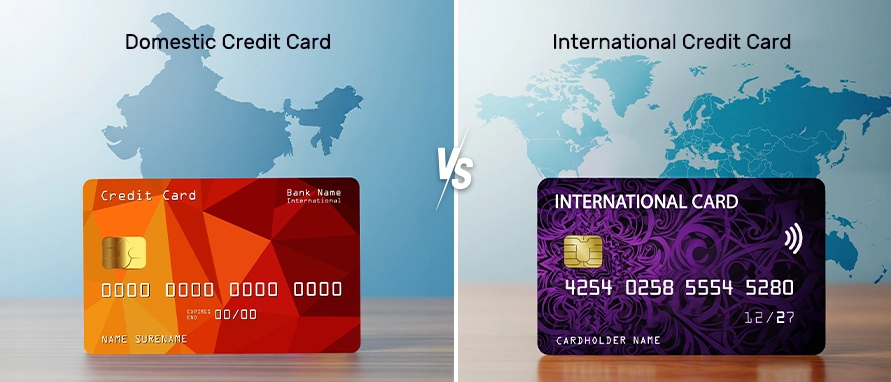







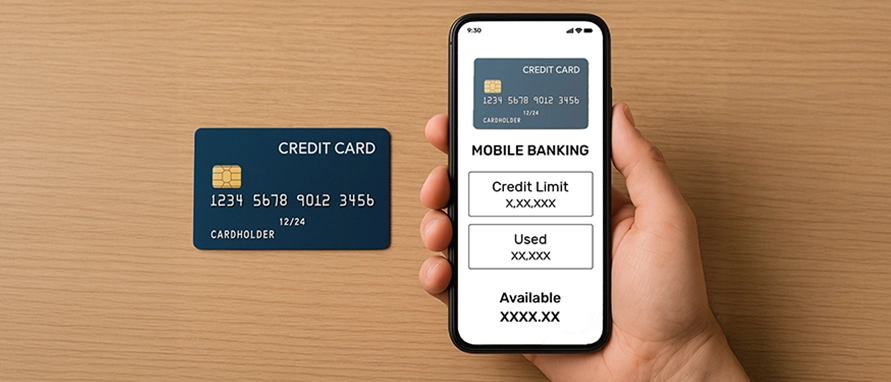










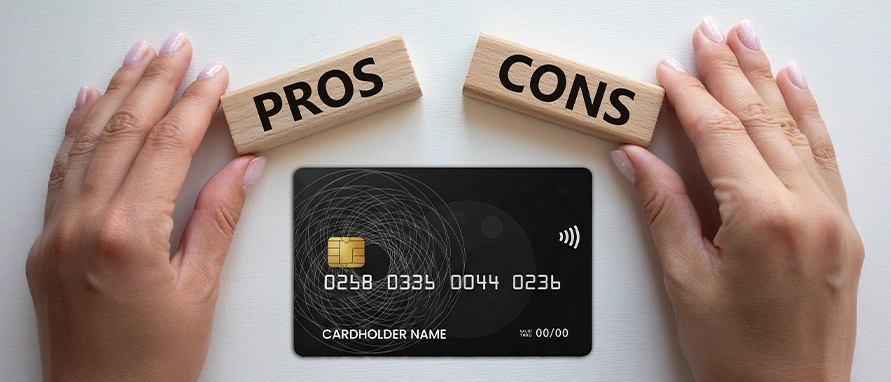




























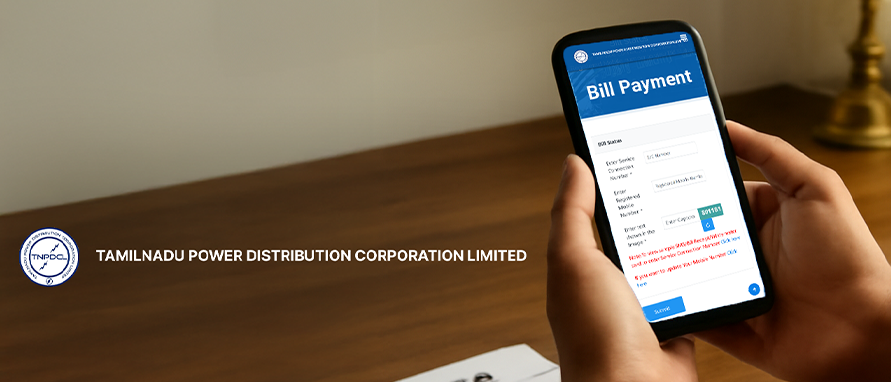


.webp)
